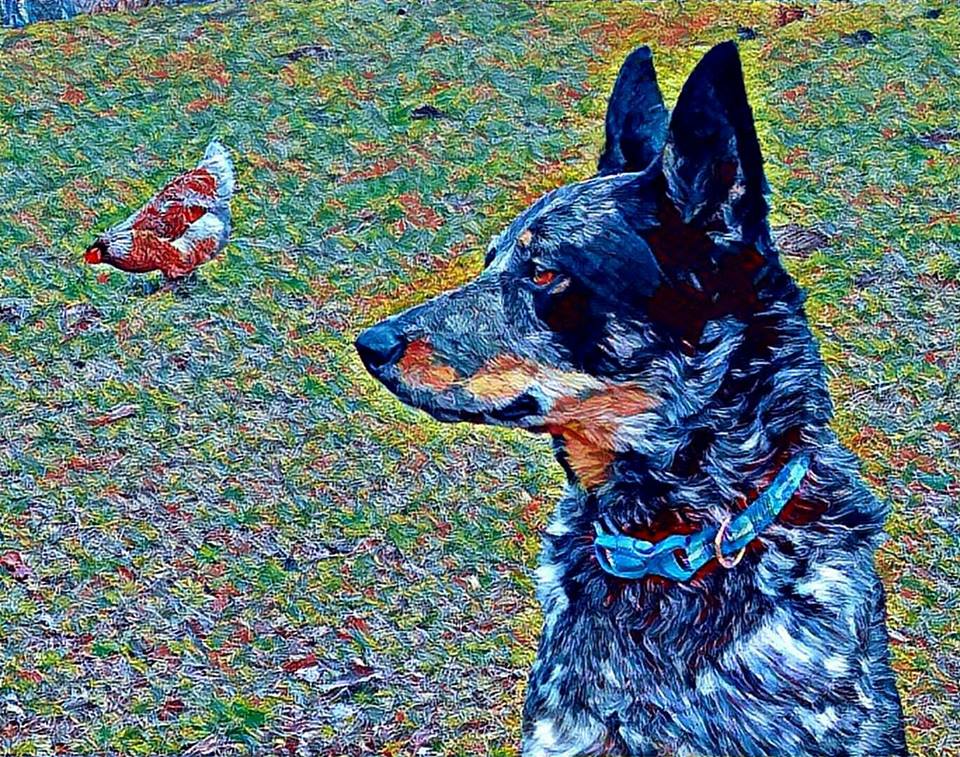Hello again! You read over the weekend about our rough year of weather incidents in 2019, so this is a post about how we decided to be proactive! After all, it’s much more fun to try to make your own success than to wait to be lucky.
So we sat down and made a plan. And that plan began with buying and setting up a 50ft x 20ft high tunnel. What is a high tunnel? It’s an unheated, plastic-covered structure that provides environmental protection and control, compared to open field conditions. So basically, it’s an industrial-sized plastic covered half tunnel that uses the heat from the sun to warm up everything inside of it, while keeping precipitation out.

High tunnels are tall enough to walk into and we can grow tall, trellised crops such as tomatoes or cucumbers inside. Our high tunnel is about 10 feet tall at its highest point. In the next month we’ll fill it with 8-10 garden beds, that way we can specialize the soil conditions based on what we are planting. We will also use it to start plants next month. And we’ll also keep some plants in it year round so we can control the amount of water they get. Lettuce, spinach, garlic, onions, and eggplants will be included in this high tunnel since they didn’t handle last year’s rains very well. This way we can ensure that our CSA members get these in their monthly shares.

This high tunnel is also a season extender, we can start plants a few months before the last frost and keep them going well past the last frost. That means 10 months of growing and eating organic produce! How great is that?! Why not the entire year you ask? Well, December-early Feb can be brutal and the sun can only do so much.
High tunnels are pretty pricey investments, so we purchased ours with help from a NRCS (Natural Resources Conservation Agency) grant program. The NRCS helps producers integrate high tunnels into their operations and provides financial assistance through the Environmental Quality Incentives Program. And because we are “beginning farmers” we were seen as a priority and were moved up the list a bit. FYI a “beginning farmer” is anyone with less than 9 years of experience, which is definitely us. Through the EQIP we were given a grant to purchase our high tunnel. They gave a certain amount of money per square foot up to $8,500! So we could have gotten a 50ft x 100ft high tunnel. But why be wasteful, when we didn’t need or require so much high tunnel. We kept it simple and reasonable, also we wanted one that we could install ourselves, since finding good help out here is surprisingly difficult!

Just a little background on the NRCS, since we think this department does amazing things for the environment and deserves some love! The NRCS is a part of the FDA and does a lot of good for farmers and conservationists. The NRCS provides farmers, ranchers and forest managers with free technical assistance, or advice, for their land. Common technical assistance includes: resource assessment, practice design and resource monitoring. They care about conservation and protecting natural resources. And the people who work at our local office (Freeport, IL) are great! They offer grants to help with erosion control, habitat building, animal protection, reintroducing native plants etc. a lot of great things. They have also given us a grant to plant a pollinator habitat on our land for the wellness of bees, insects, butterflies etc. How great is that?!
Next weekend we’re getting the family back together at the farm to put the plastic over the high tunnel then it’ll be time to start planting! We can’t tell you how excited we are about this! 2020 is going to be a GREAT year!! Of course, pics of the finished product to follow…



